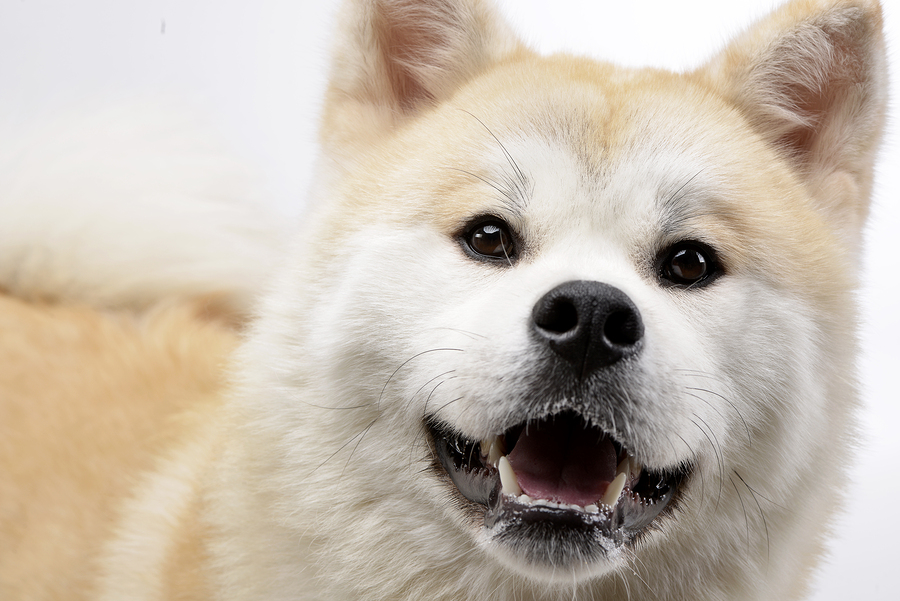Is shedding a big hairy deal at your house? Our black German Shepherd used to shed drifts of hairy tumbleweeds that turned cream carpet to gray. Now Bravo the Bullmastiff’s short red hairs transform our socks into fuzzy slippers. Karma-Kat’s short silver fur and Shadow-Pup’s gray undercoat cling to upholstery and clothing, and float through the air.
Exposure to sunlight or artificial light determines the timing and amount of shedding. “It is a normal process which can be accelerated under certain circumstances,” says Steven Melman, VMD, an internationally known expert on veterinary dermatology and the founder of DermaZoo.com. In fact, indoor pets exposed to artificial light shed year-round.
Whatever time of year shedding occurs, it’s aggravating, and a nonstop cleaning challenge. Why do pets shed fur, and how can we manage the mess?
Understanding Pet Fur Shedding
Hair follicles produce hairs that emerge through pores in the pets’ skin. People have simple hair follicles which produce single hairs. But cats and dogs have compound hair follicles able to produce many hairs, sometimes as many as twenty per follicle.
The length and diameter of hair shafts vary in individual dogs and cats, as well as by breed. Sinus hairs (whiskers) are the largest, thickest kind of hair. Harsh guard hairs (primary hairs) make up the weather-resistant outer coat. Secondary hairs are shorter and made up of awn hairs of various lengths that compose the intermediate coat. The shortest (often woolly, curled, or crimped) make up the insulating undercoat. All types may be produced from the same hair follicle, but not all pets have every type of hair. When the follicles slightly twist, it produces curly fur.
How Often Do Pets Shed?
In normal dogs and cats, each hair follicle cycles through three stages of growth. This consists of active growth (anagen stage) followed by involution or shrinkage (catagen stage) and ends with inactivity or resting (telogen stage). During telogen, the root of the old hair shrinks, becomes loose, is shed, and replaced by new hair during the next anagen stage.
Outside dogs and cats in the northeastern United States shed seasonally, with the most fur flying for several weeks in late spring when daylight increases. On average, the three stages take 130 days, compared to the six-year human hair growth cycle.
Winter months coincide with the telogen resting stage when fur most easily pulls out. Petting your dog or cat may produce a palm full of fur. Frightened or stressed pets reflexively tighten their skin, which also prompts shedding of this loosened fur. And because pets reflect their human’s stress, dogs and cats may shed more when you feel upset.
You can’t stop shedding but you can reduce housekeeping aggravation. Here’s how.
Check with your vet. Hair is made up of keratin, a type of protein, which means poor nutrition can result in dry, lifeless fur or increased hair loss. Abnormal hair loss may also be caused by a variety of endocrine disorders, says Dr. Melman. Consult with your veterinarian for recommendations about unusual hair loss.
Groom every day. Routine hair care prevents problems like mats and keeps skin and coats healthy. Groom in an easy to clean area–outside on pleasant days–to avoid a furry tornado inside the house. A standard comb, a curry, or a pin brush works well for many pets. For shorthaired animals or cats that hate grooming but love petting, use rubber-nubbed grooming gloves to pull loose fur free as you stroke the body.
Bathe for deep cleaning. Bathing your pet can clear off the lion’s share of loose fur to keep floors, furniture, and clothes less hairy. BISSELL® BarkBath™ Dual Use portable dog bath and deep cleaning system doubles as a portable dog bath (without the messy dunking, or watery fur-shaking mess), and also a carpet and upholstery cleaner. You’ll need to prep pets to accept this; luckily, training tips come with the appliance. You can also have pets bathed by a professional Fear Free certified groomer. You can search for one at www.fearfreehappyhomes.com.
Clean up floor fuzz. At our house, we need something to clean carpet, and clear away mess from the kitchen’s slate floor and our hardwood entry. BISSELL recommends its ICONpet® Edge cordless vacuum since it cleans close to edges, like baseboards and corners, where fur likes to fly. And their Pet Hair Eraser® can keep even light-colored carpets fur free. Check out other fine BISSELL pet-focused products here to keep shedding messes in check.
This article was reviewed/edited by board-certified veterinary behaviorist Dr. Kenneth Martin and/or veterinary technician specialist in behavior Debbie Martin, LVT.
About AMY SHOJAI, CABC: A certified animal behavior consultant and award-winning author of more than 35 pet books, Amy speaks professionally, consults with the pet industry as a spokesperson, and is a produced playwright inspired by her furry muses.
This post is brought to you by our corporate program member, Bissell.









